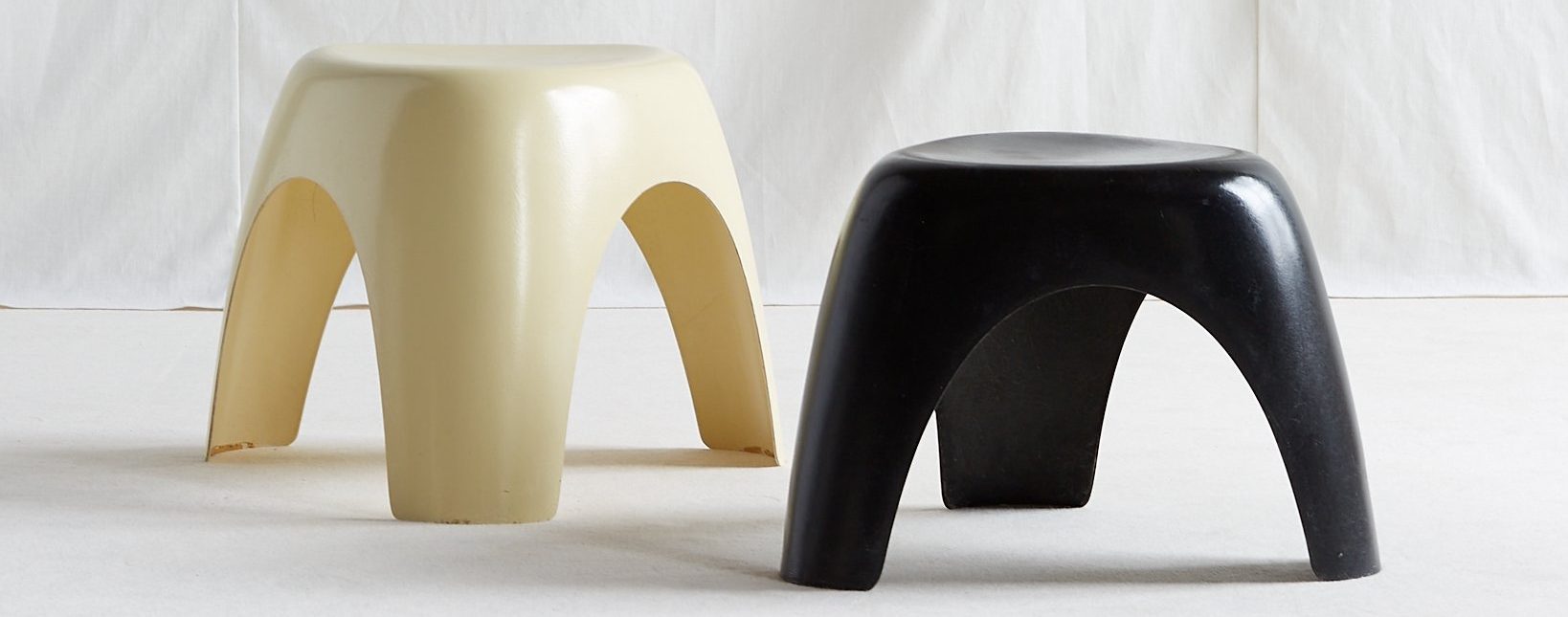Intro
In the last article, we talked about the overall situation of Japanese minimalism and introduced various aspects of it. In this article, we mainly talk about Japanese minimalism design, especially in home decoration. I believe this is also what everyone is concerned about.
Japanese minimalist style is not a poor decoration, but a refined decoration. Minimalism, as the name suggests, is simple to the extreme. Life is the art of subtraction, so simplicity, nature, warmth, and high style are what Japanese minimalism pursues.

Start with “declutter”
The most important thing about Japanese minimalist style is the “declutter” method. Declutter is a life concept first proposed by Japanese debris management consultant Yamashita Eiko. With 3 shirts, 4 pairs of pants, 4 pairs of socks and four walls, this kind of life can actually be considered “rich”. “Declutter” means to find the most essential needs by reflecting on your own choices. Isn’t that the case with decoration? It’s time to “break up” and throw away those extraneous things.

Get rid of things you don’t need right now
In our own lives, we don’t need too many materials to fill the emptiness in our hearts. Only by following your own heart and simplifying the complex can you find your true heart in life.
Get rid of things that are currently useless
Everyone has a sentiment towards their home and wants to create a perfect harbor in their fantasy. However, the perfect home does not necessarily mean copying all the perfect ideas into your own home. Bar counters, wine cabinets, tatami mats, warehouse doors…are these seemingly fashionable combinations and symbols of literature and art really suitable for appearing at home?
Filling your home with all kinds of gorgeous decorations does not mean perfection. The true meaning of perfection is nothing more and nothing less, contentment and happiness.

Let go of obsession and persistence with certain objects
Let go of your obsession with things. If you want to do a good job in decoration, you must first put aside your inherent thinking. If you want everything, you will only get a nondescript result in the end. Only by putting aside distracting thoughts can you focus on the thing you want most.
Practicality: Principle of Japanese Minimalism
Although a major feature of Japanese home style is minimalism. But in fact, minimalism is only a form of external expression of Japanese home style, and throughout which is the Japanese culture for faith, for beauty, for the pursuit of practicality.
In the famous Japanese movie Still Walking, the home decor elements in the living room perfectly reflect the above principles: log square table, log chairs, bamboo curtains, tatami mats, and mesh screens. Clean, practical, and beautiful.
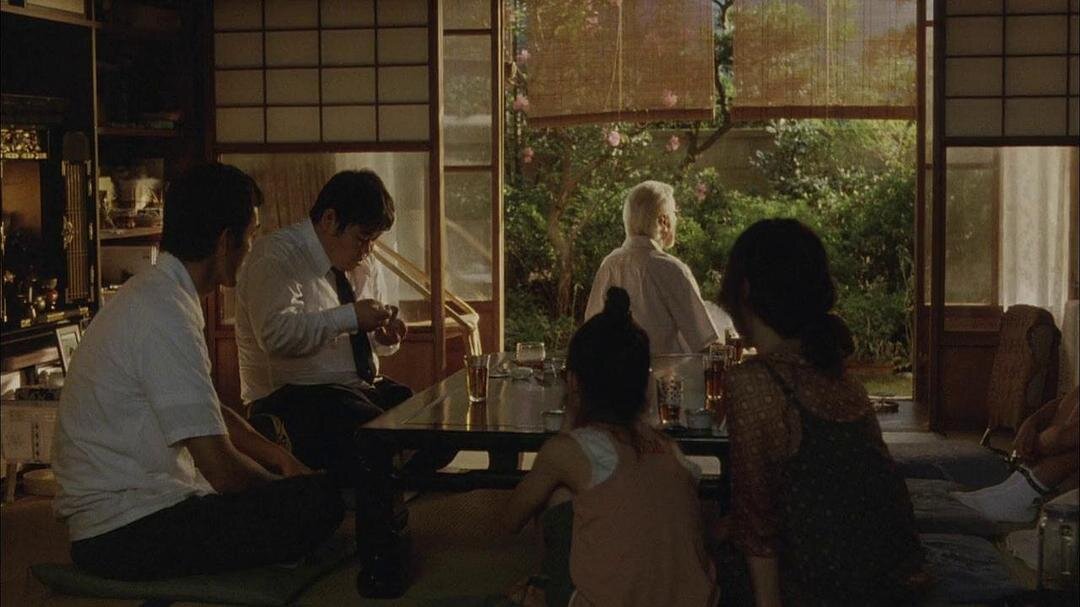
The simplicity principle originated from the Japanese style. In addition to being deeply influenced by the thoughts of Zen Buddhism in the prosperous Tang Dynasty, which focused on the simple style of returning to nature, it is also closely related to the population and environment of Japan: huge population with small land. The home environment is relatively narrow, so every room needs to be kept simple and elegant as much as possible to meet the maximum space demand.
In the second half of the 20th century, Japan’s post-war economy developed rapidly, and correspondingly, industrial design also began to develop rapidly. Sori Yanagi, who was known as the first person in Japanese industrial design at the time and was the director of the Japan Folk Crafts Museum in Tokyo, believed that traditional folk crafts could also allow people to draw inspiration from beauty, which prompted people at the time to begin to reflect on the true meaning of modernization.
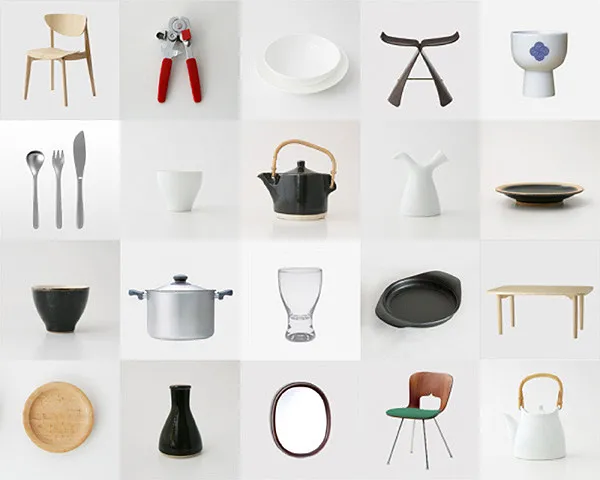
Sori Yanagi is committed to the pursuit of “beauty of use” and is involved in many fields. He integrated the ideas of Western functionalism with Japanese folk crafts and designed a variety of simple, modern and mass-produced products.
Sori Yanagi believes that “hands” are the best way to convey human thoughts and touch, and gradually formed a new design style that embodies Zen thoughts, wabi-sabi aesthetics, and void thoughts – Japanese minimalist style.
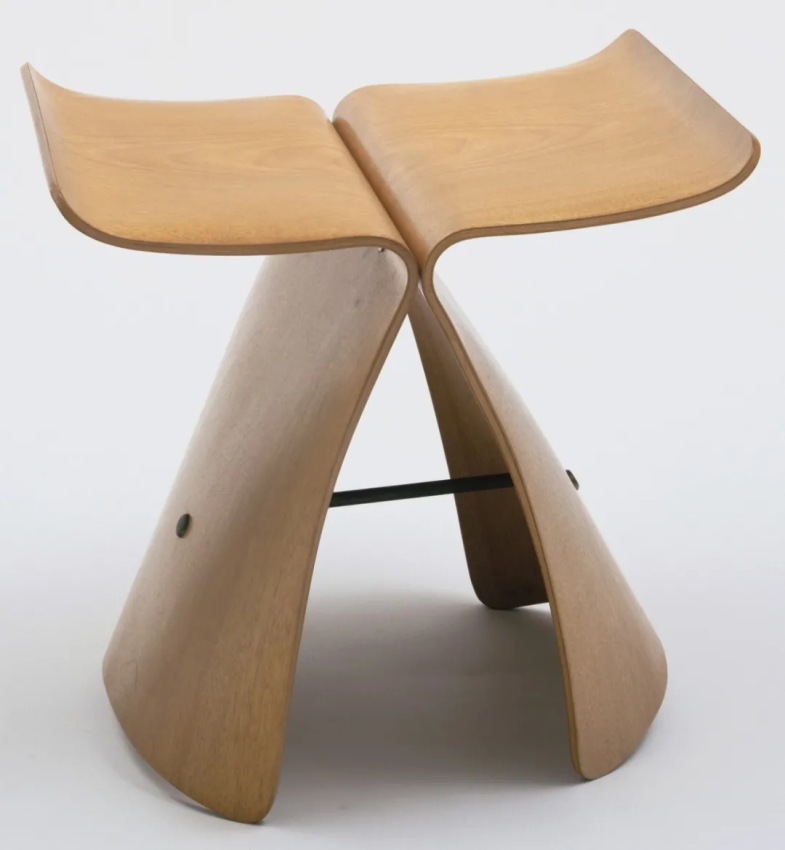
I believe that industrial design should not just be about appearance design. It is worthless without revolutionary innovation. Of course, revolutionary ideas require down-to-earth experiments over and over again before they can be produced.
——Sori Yanagi
What is the soul of Japanese minimalist style?
“Simple, natural, humble, quiet” – these characteristics actually started from the Japanese people’s pursuit of faith, and they are relatively introspective. Deeply influenced by the Qing Dynasty Buddhist Zen Buddhism in the heyday of the Tang Dynasty, Japanese minimalist style embodies a wabi-sabi aesthetics. It advocates closeness to nature in the design of colors, functions, and shapes, emphasizing naturalism and focusing on simplicity like returning to nature.
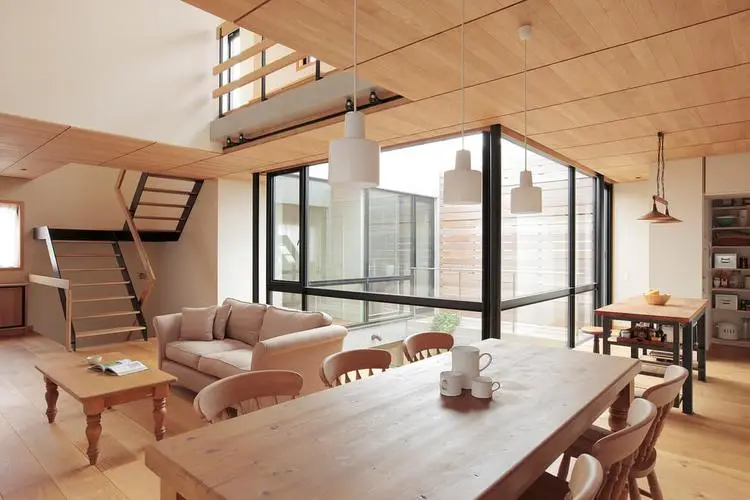
Although the concept of minimalism is that design starts from function and form exists to satisfy function, Japanese simplicity is not entirely functional, but more often emphasizes the spiritual level. Japanese culture is deeply influenced by symbolic meaning, so it emphasizes artistic conception and makes people want to blend in.
This is also inseparable from the Japanese Zen spirit. Zen culture advocates economy, simplicity, humility, and no extravagance and waste. Although materials are scarce, the mind is rich. It is hoped that people will “forget” even the objects themselves and only focus on daily life.
Japanese simplicity is more like the practice of monks. They will use complicated means to create a simple shape. Simplicity is a state they want to pursue in styling. Therefore, Japanese design master Kenya Hara (MUJI’s Art Director) believes that Japanese minimalism is not minimalism or simplicity in the Western sense, but comes from the Japanese concept of emptiness.

How to Achieve Japanese Minimalist Style?
Natural Material Elements
The three most common elements in Japanese minimalist decoration are solid wood floors, tatami mats and straw mats.
In Japanese-style houses, solid wood floors are often used as floor materials for decoration, because the natural texture of solid wood floors is consistent with the close-to-nature characteristics of Japanese style, and can be well integrated into Japanese decoration style.
In many Japanese home styles, Japanese straw mats are also laid. This kind of straw mat is mostly woven from soft rushes and has good breathability and moisture-proof functions. Modern straw mats also incorporate materials such as wood fiberboard.

Commonly used colors
Japanese simple design, not only the materials are extremely restrained, but also the colors are rigorous.
Japanese people generally use elegant and natural colors when decorating, such as Japanese-style printed wallpaper, fresh and clean walls, and plain furniture combinations. Don’t use too many colors in the same space, generally no more than 5 colors, with white, gray and wood colors being the main colors. There will be no strong color impact in the space, and the pursuit of overall coordination and unity will give people a soft and warm feeling.
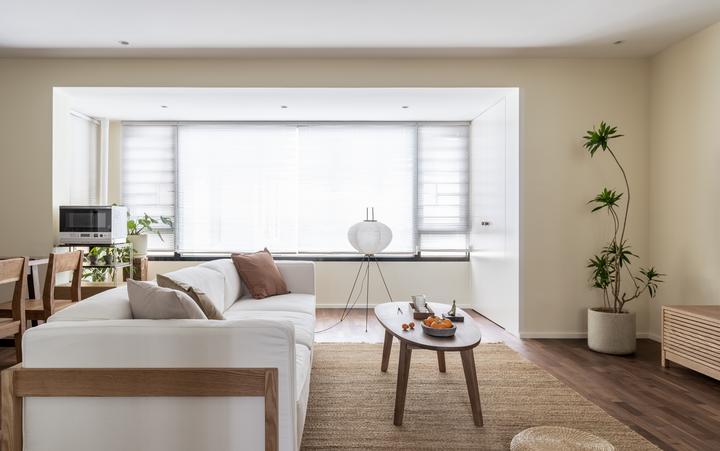
In addition to the uniform wood color and off-white color combination, Japanese minimalist style will also use a green plant to embellish the space. Good-looking green plants bring vitality and agility to your home, and are the finishing touch. However, you still have to follow the principle of subtraction and choose necessary and appropriate green plants for decoration. Do not blindly fill in the green plants.
Conclusion
Japanese simplicity, with Eastern Zen, is more pure, restrained, introspective, and makes people meditate. Japanese simplicity focuses on overall coordination. The Japanese, who are very storage conscious, hide almost everything when designing their home, abandoning excessive decoration, allowing the body and mind to relax and feel the true meaning of life.

